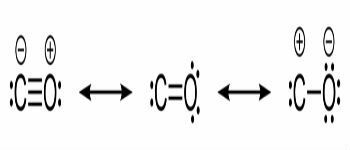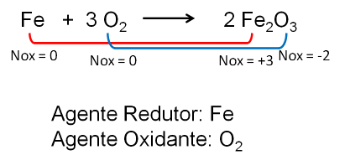Alkali metals are chemical elements present in the first group of periodic table, called the 1A family.
They get this name because they react easily with water, forming alkaline substances such as hydroxides.
The most abundant alkali metals on the planet are sodium (Na) and potassium (K).
What are Alkaline Metals?
The 1A family is formed by 6 metals:
| Chemical element | Atomic Number (Z) | Atomic Mass (u) | Electronic Configuration |
|---|---|---|---|
| Lithium (Li) | 3 | 6,941 | 2s1 |
| Sodium (Na) | 11 | 22,9898 | 3s1 |
| Potassium (K) | 19 | 39,098 | 4s1 |
| Rubidium (Rb) | 37 | 85,47 | 5s1 |
| Cesium (Cs) | 55 | 132,905 | 6s1 |
| Francio (Fr) | 87 | 223 | 7s1 |
Note: Although Hydrogen (H) is located in the 1A family, it has different properties than alkali metals, being classified as a non-metal.
Main Characteristics of Alkaline Metals
- Have low density
- At room temperature they are solid
- They are soft and colored metals
- They are highly reactive and good conductors of electricity.
- They have low electronegativity and ionization potential
- Have high electropositivity
- React easily with water, forming hydroxides
- React easily with oxygen, forming oxides
- Have only 1 electron in the valence shell
- It tends to lose this electron and form monovalent cations (with a +1 charge)
- The electronic configuration always ends in ns1
Read too: Periodic Table Families
Alkaline Metal Properties
Know the main properties of each alkali metal:
- Lithium (Li): hardest alkali metal in the family, with low solubility and lower density in this group. It is a great conductor of electricity and highly reactive. Thus, it reacts with water, forming hydroxides, and with air, forming oxides.
- Sodium (Na): soft metal, of low density and moderate solubility. It is an excellent conductor of electricity and highly reactive. Therefore, it reacts with water, forming hydroxides, and with air, forming oxides.
- Potassium (K): soft metal, with low density and strong conductor of electricity. It has good water solubility and is highly reactive. Thus, it reacts with water, forming hydroxides, and with air, forming oxides.
- Rubidium (Rb): soft metal, with low density and high water solubility. It is an excellent conductor of electricity and highly reactive. Thus, it reacts with water, forming hydroxides, and with air, forming oxides.
- Cesium (Cs): soft metal, with low density and excellent solubility in water. It is an excellent conductor of electricity and highly reactive. This element reacts with water, forming hydroxides, and with air, forming oxides.
- Francio (Fr): soft metal, with low density and excellent water solubility. It is a strong conductor of electricity and highly reactive. This element reacts with water, forming hydroxides, and with air, forming oxides.
Read too: Periodic Properties
Alkaline-Earth Metals
Alkaline earth metals represent the chemical elements of the 2A family of periodic table. They are solid, soft and low-density substances.
They get this name because the oxides they form were called earths.
What are Alkaline Earth Metals?
The 2A family is formed by 6 metals:
| Chemical element | Atomic Number (Z) | Atomic Mass (u) | Electronic Configuration |
|---|---|---|---|
| Beryllium (Be) | 4 | 9,0122 | 2s2 |
| Magnesium (Mg) | 12 | 24,312 | 3s2 |
| Calcium (Ca) | 20 | 40,08 | 4s2 |
| Strontium (Mr) | 38 | 87,62 | 5s2 |
| Barium (Ba) | 56 | 137,34 | 6s2 |
| Radio (Ra) | 88 | 226 | 7s2 |
Read too:
- Lithium
- Barium
- Chemical elements
- Eletronic distribution
- Exercises on the Periodic Table



